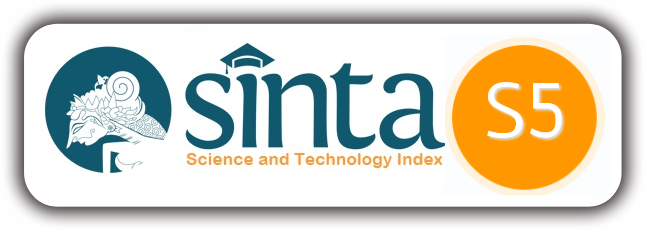DINAMIKA ELIT LOKAL DI ACEH TERHADAP PENGUASA
(Konstruksi, Legitimasi dan Eksistensi)
DOI:
https://doi.org/10.22373/jai.v5i2.552Abstract
The history of Aceh in the last century is a cycle of conflict and peace. The presence of conflict and peace is also inseparable from the involvement of the authorities, both during the colonial period and the Aceh compilation which had joined Indonesia. In this case, the ruler does not move alone but is related to no elite at the local level. Therefore, using qualitative analysis and literature and observation methods, this article discusses the construction of the elite, the legitimacy gained, and the existence of the elite in political politics in Aceh, both during the Dutch colonial period and Aceh as a part of Indonesia. This exploration shows that there are differences in the pattern of elite construction, the legitimacy obtained, and the existence of the elite in relations with the authorities. This difference is seen in the pattern of the boss changing local to local strongmen and vice versa. Likewise, the legitimacy is obtained by an elite based on rational law for charismatics and then back again to rational law. Hopefully, this study can add to the academic treasure of Aceh politics from a different perspective.
Published
How to Cite
Issue
Section
License
Authors who publish with this journal agree to the following terms:
- Authors retain copyright and grant the journal right of first publication with the work simultaneously licensed under a Creative Commons Attribution License (CC-BY-SA) that allows others to share the work with an acknowledgment of the work's authorship and initial publication in this journal (See The Effect of Open Access);
- Authors are permitted and encouraged to post their work online (e.g., in institutional repositories or on their website) prior to and during the submission process, as it can lead to productive exchanges, as well as earlier and greater citation of published work;
- Authors are able to enter into separate, additional contractual arrangements for the non-exclusive distribution of the journal's published version of the work (e.g., post it to an institutional repository or publish it in a book), with an acknowledgment of its initial publication in this journal.















